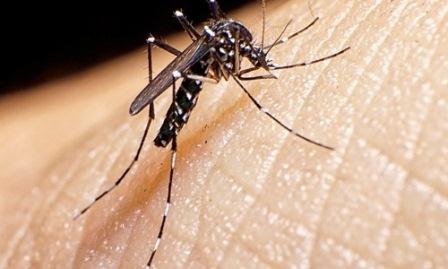For epidemiological week 23 of 2023 (from June 4 to 10), the National Institute of Health reported that 2,887 probable cases of dengue were reported: 1,712 cases this week and 1,175 cases from previous weeks.
According to the accumulated, 46,657 cases are registered, 26,506 (56.8%) without alarm signs, 19,520 (42.0%) with alarm signs and 631 (1.3%) of severe dengue, a situation that has turned the alarms in the country. Peak of contagion for which, according to the figures reported, 70.5% (32,881) of the cases nationwide come from the departments of Meta, Tolima, Santander, Cundinamarca, Cali, Sucre, Barranquilla, Cartagena, Cesar, Antioquia, Bolívar , Cordoba and North Santander.
Dengue is an endemic disease that is transmitted by the bite of an infected Aedes species iii mosquito, with presence in areas of the country with warm climates at an altitude of less than 1800 MASL (see map), therefore, the season of vacation becomes a time of important prevention. Knowing the symptoms and going to the nearest care center is vital to detect serious cases and prevent complications.
The infection can be asymptomatic, or present with symptoms ranging from a moderate fever to a disabling high fever, with intense headache behind the eyes, in the muscles and joints, in addition to the presence of rashes. The disease can progress to severe dengue, characterized by difficulty breathing, bleeding, and organ complications.
According to the Ministry of Health, to avoid contagion during the holidays, it is advisable to follow the following recommendations:
– Washing tanks, pools or containers where water is stored once a week, brushing the walls with sodium hypochlorite.
– Help eliminate mosquito breeding sites at school, home and surroundings, disposing of used tires, cans, buckets, bottles and other containers.
– Constantly apply repellent to exposed areas of the body.
– Wear long shirts and pants and use awnings.
– Put mosquito nets for beds.
In conclusion, key issues such as public health and prevention actions are part of the action plans that are constantly executed in the territories where the peaks show high figures, likewise, through pedagogy strategies, it seeks to generate a greater impact on the decrease in these figures in the country.
Source: BCW Global
